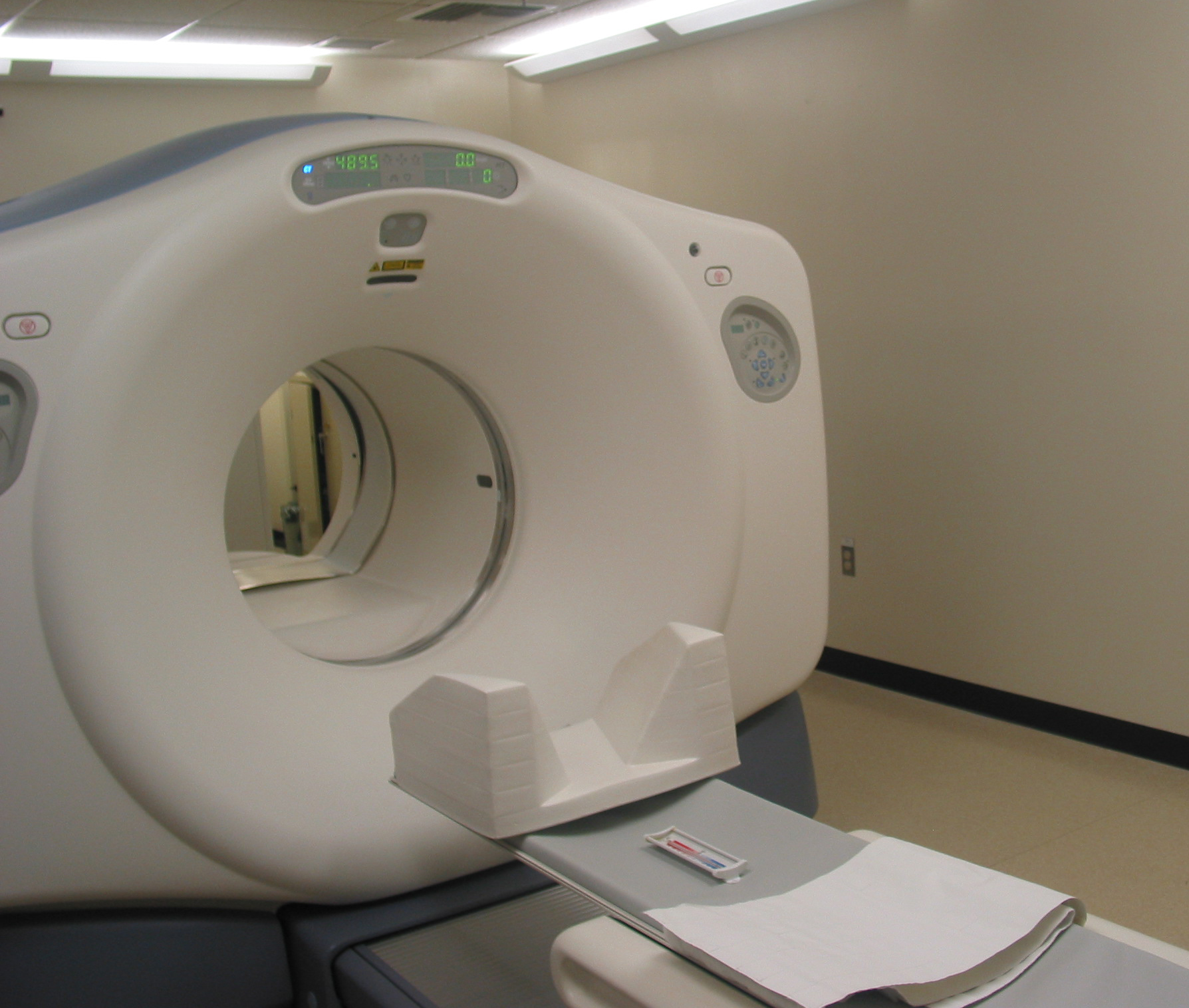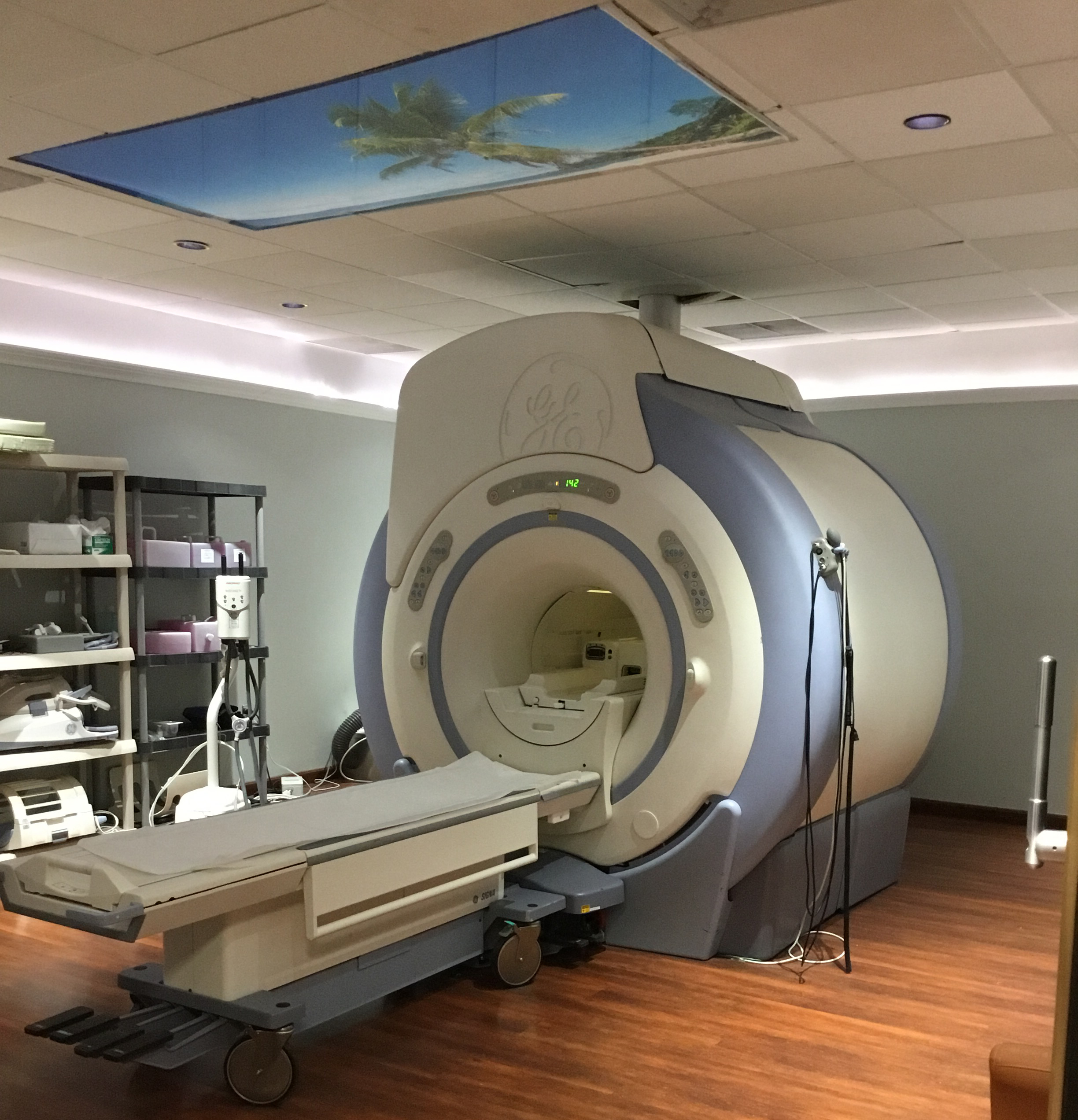Mri Machine Presentation
| Introduction to MRI Machines | ||
|---|---|---|
| MRI stands for Magnetic Resonance Imaging. MRI machines use a strong magnetic field and radio waves to create detailed images of the inside of the body. MRI machines are commonly used in medical diagnosis and research. | ||
| 1 | ||
| How MRI Machines Work | ||
|---|---|---|
| The patient lies on a table that moves into a cylindrical tube, which contains the magnet. The magnetic field aligns hydrogen atoms in the body. When radio waves are applied, the atoms emit signals that are detected by the MRI machine and used to create images. | ||
| 2 | ||
| Advantages of MRI Machines | ||
|---|---|---|
| MRI machines do not use ionizing radiation like X-rays or CT scans, making them safer for patients. MRI provides excellent soft tissue contrast, allowing for detailed visualization of organs, muscles, and other structures. MRI can detect abnormalities in the brain, spine, joints, and other parts of the body that may not be visible on other imaging modalities. | ||
| 3 | ||
| Limitations of MRI Machines | ||
|---|---|---|
| MRI machines can be loud and claustrophobic, which may cause discomfort for some patients. Certain individuals with metal implants or devices may not be eligible for MRI due to safety concerns. MRI scans can take longer than other imaging modalities, requiring patients to remain still for extended periods. | ||
| 4 | ||
| Future Trends in MRI Technology | ||
|---|---|---|
| Advancements in MRI technology are leading to shorter scan times and improved image quality. MRI machines with higher field strengths are being developed to enhance imaging capabilities. The integration of AI and machine learning algorithms may further improve diagnostic accuracy and efficiency in MRI interpretation. Note: This is a general overview of the topic. Please ensure to provide more detailed information according to the specific requirements of your presentation. |  | |
| 5 | ||



